Species Photo Gallery for Epeurysa nawaii No Common Name 18 |
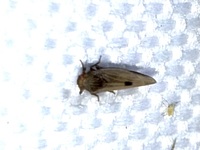 | Photo by: Marilyn Westphal, Nora Murdock
Henderson Co.
Comment: French Broad River flood plain - old field using beat sheet - unid_leafhopper | 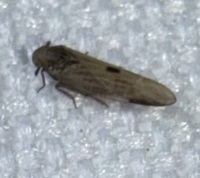 | Photo by: Marilyn Westphal, Nora Murdock
Henderson Co.
Comment: French Broad River flood plain - old field using beat sheet - unid_leafhopper |
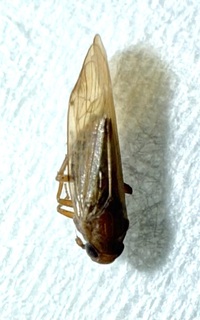 | Photo by: Marilyn Westphal, Jim Petranka, Becky Elkin
Henderson Co.
Comment: Caught in sweep net sweeping through river cane along the French Broad River | 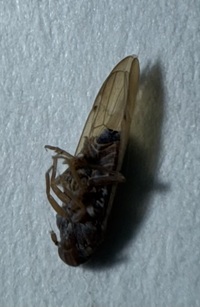 | Photo by: Marilyn Westphal, Jim Petranka, Becky Elkin
Henderson Co.
Comment: Caught in sweep net sweeping through river cane along the French Broad River |
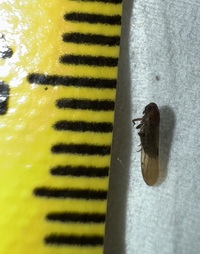 | Photo by: Marilyn Westphal, Jim Petranka, Becky Elkin
Henderson Co.
Comment: Caught in sweep net sweeping through river cane along the French Broad River | 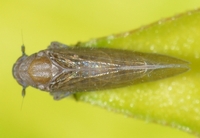 | Photo by: Margarita Lankford
Orange Co.
Comment: https://www.inaturalist.org/observations/172437470 |
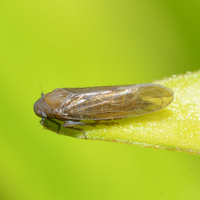 | Photo by: Margarita Lankford
Orange Co.
Comment: https://www.inaturalist.org/observations/172437470 | 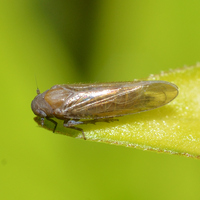 | Photo by: Margarita Lankford
Orange Co.
Comment: https://www.inaturalist.org/observations/172437470 |
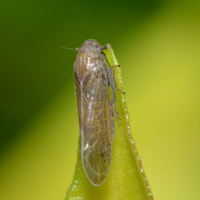 | Photo by: Margarita Lankford
Orange Co.
Comment: https://www.inaturalist.org/observations/172437470 | 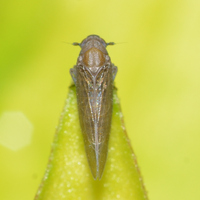 | Photo by: Margarita Lankford
Orange Co.
Comment: https://www.inaturalist.org/observations/172437470 |
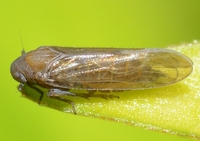 | Photo by: Margarita Lankford
Orange Co.
Comment: https://www.inaturalist.org/observations/172437470 | 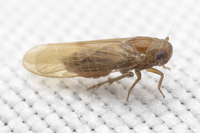 | Photo by: Solomon Hendrix
Wake Co.
Comment: attracted to light - unid_planthopper |
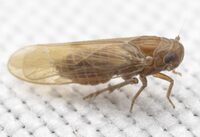 | Photo by: Solomon Hendrix
Wake Co.
Comment: attracted to light | 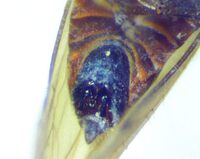 | Photo by: Ken Kneidel
Mecklenburg Co.
Comment: 3.7 mm, came to UV light at night |
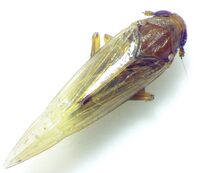 | Photo by: Ken Kneidel
Mecklenburg Co.
Comment: 3.7 mm, came to UV light at night | 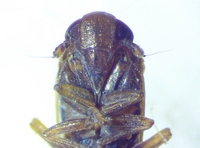 | Photo by: Ken Kneidel
Mecklenburg Co.
Comment: 3.7 mm, came to UV light at night |
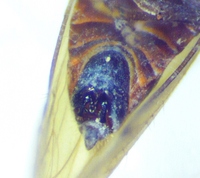 | Photo by: Ken Kneidel
Mecklenburg Co.
Comment: 3.7 mm, came to UV light at night | 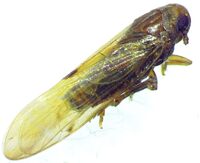 | Photo by: Ken Kneidel
Mecklenburg Co.
Comment: 3.7 mm, came to UV light at night |
|

 »
»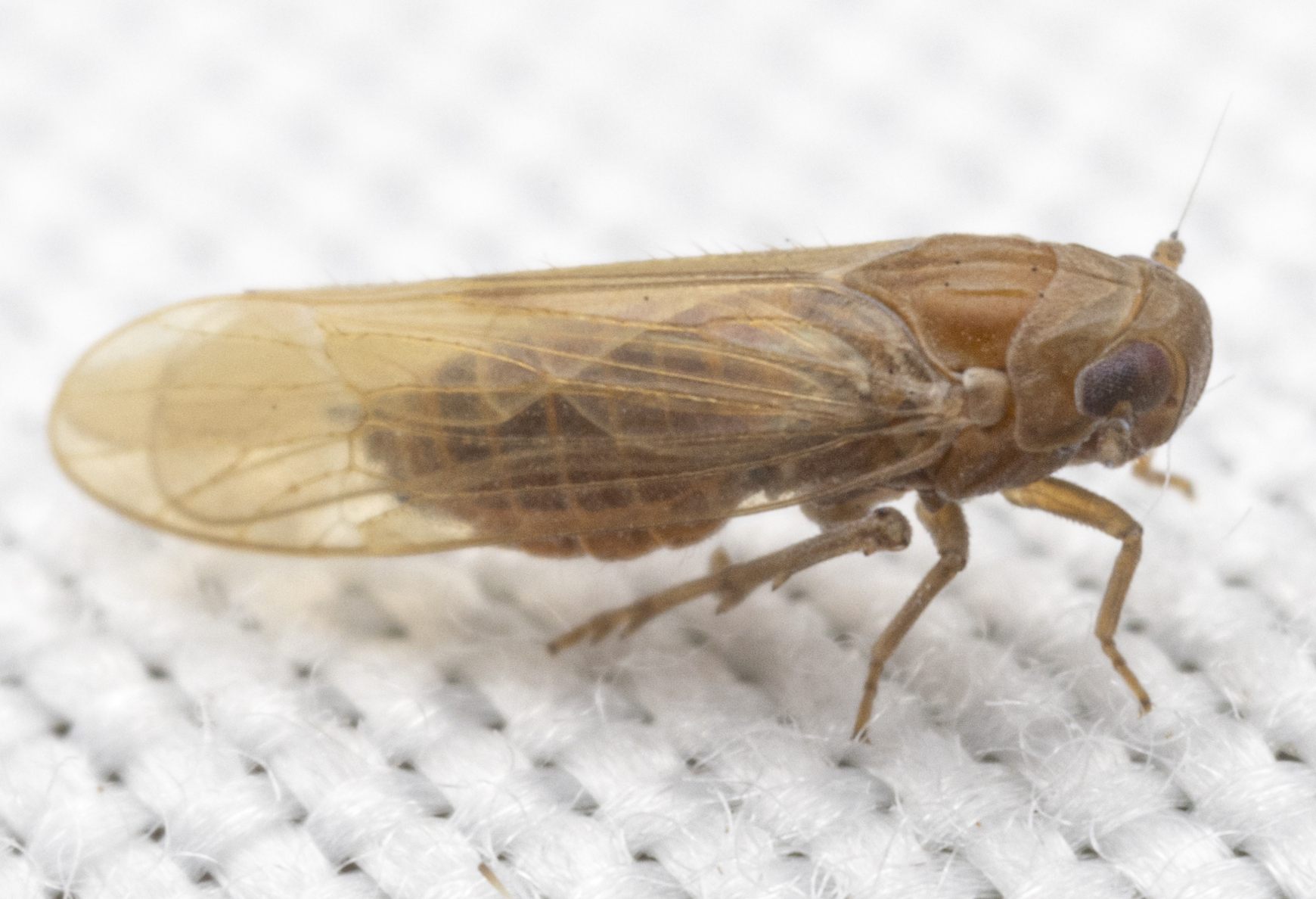
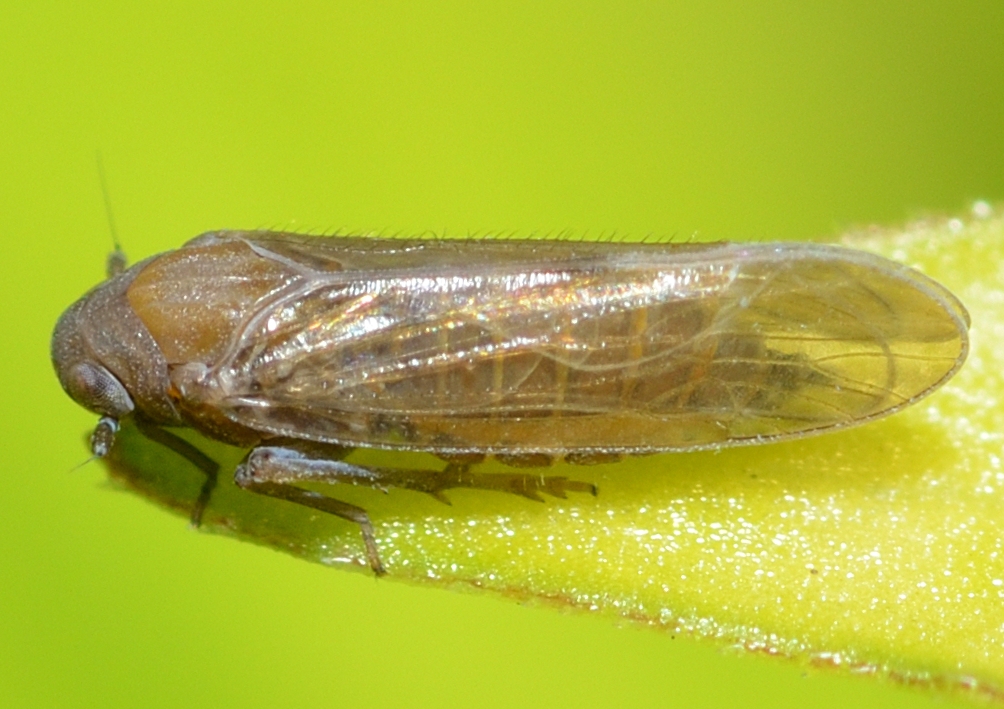
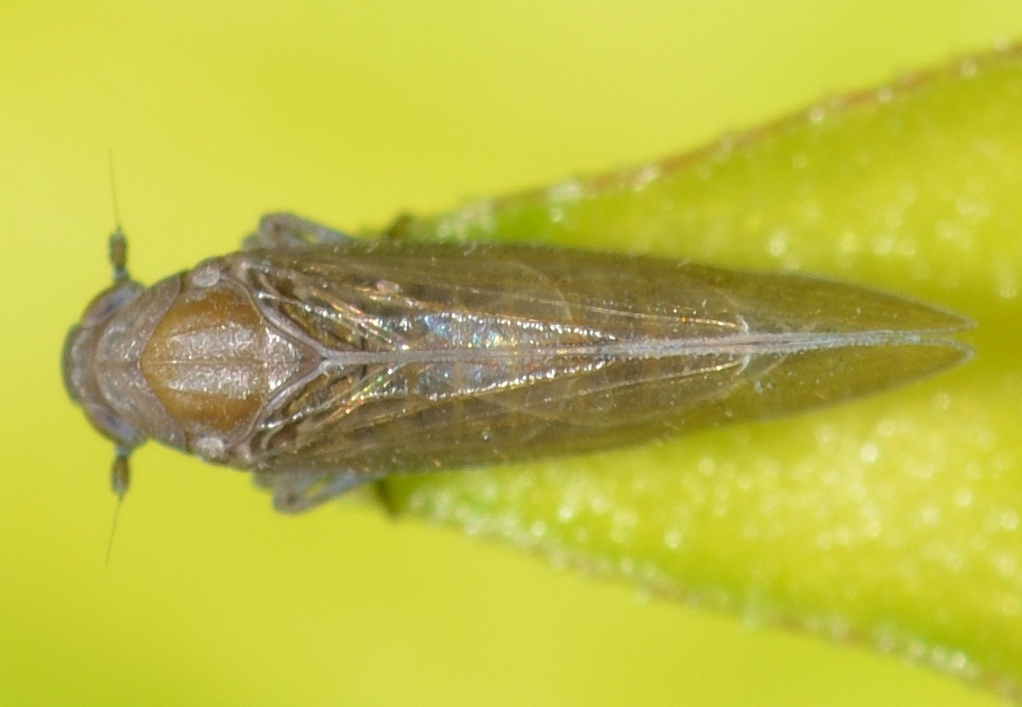
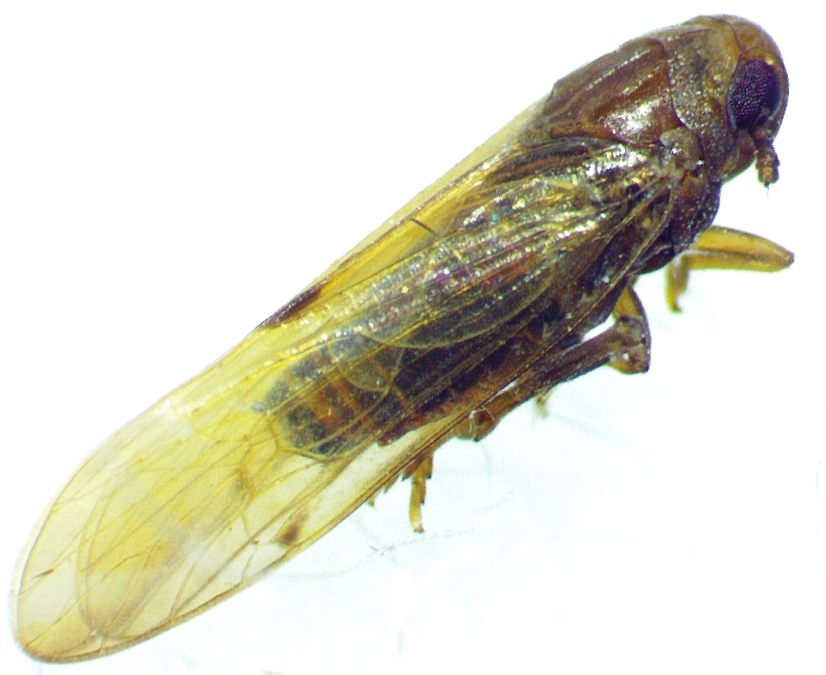

 »
»


